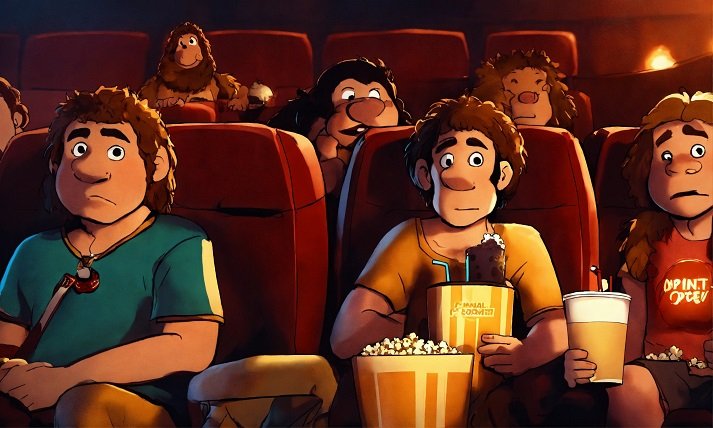Introduction
Some subjects in the film industry spark not just amusement but also thoughtful social analysis. One such topic is Article 370,article 370 movie review an Indian constitutional clause that gives the Jammu and Kashmir territory considerable autonomy. Debates, arguments, and even cinematic interpretations have followed its abrogation in 2019. We explore the cinematic interpretation of Article 370 in this in-depth analysis, looking at its story, performances, and the socio-political environment it reflects.
Understanding Article 370
A constitutional clause known as Article 370 gave the Indian territory of Jammu and Kashmir extraordinary autonomy, enabling it to have its own flag, constitution, and internal government. It was a divisive topic that was intricately entwined with local politics and history, which made it an intriguing subject for film.
From Realism to Artistic Interpretation
Real-life situations are frequently portrayed in movies in a way that alternates between reality and artistic interpretation. When it comes to Article 370, filmmakers must strike a balance between historical authenticity and imaginative storytelling, sifting through the nuanced details of the subject to produce an engaging story.
Unraveling the Narrative Threads
The movie’s story follows the events that led to the repeal of Article 370, delving into the political intrigue, interpersonal tensions, and societal fallout that come with making such a significant choice. The film invites viewers to consider the nuances of the topic by providing a comprehensive perspective through different narrative strands.
Humanizing Political Struggles article 370 movie review
The film humanizes the greater political conflicts by exploring the complexities of individual emotions and relationships in the midst of political upheavals. Characters struggle with opposing allegiances, moral conundrums, and personal goals, which gives the story complexity and increases audience empathy.
The Art of Storytelling
Cinematic methods are essential for directing the story and eliciting strong feelings from the viewer. Every component, from sound design to cinematography, is painstakingly created to improve the storytelling experience and draw viewers into the world of the film and its characters.
Crafting a Compelling Narrative
Any film’s ability to succeed depends heavily on the director’s vision, particularly when it comes to delicate political subjects. Directors have the ability to influence how the audience interprets events by their creative decisions and narrative direction, which can spark discussion and introspection long after the credits have rolled.
Bringing Characters to Life
The characters are given depth, subtlety, and emotion by the cast’s outstanding performances. Each portrayal, which ranges from established performers to up-and-coming talents, gives depth to the story and captures the nuances of the human experience in the face of political unrest.
Reflecting Reality
The film acts as a mirror for society, portraying the truths of identity politics, political power battles, and social divides. Through the prism of film, it addresses current concerns and provides a forum for discussion, reflection, and group understanding.
Impact and Controversy Article 370 movie review
The film’s significance and relevancy are demonstrated by how well-received it was by both critics and viewers. Some criticize it for what they see as biases or omissions, while others applaud its audacious storytelling and sensitive presentation of difficult subjects. However, controversy frequently encourages further conversation and involvement with the issue.
Beyond the Screen article 370 movie review
Beyond its artistic qualities, the film has cultural ramifications that go beyond the screen. In order to provide a deeper awareness of the world around them, it forces viewers to engage with the complexities of real-world events, confront painful facts, and challenge preconceived assumptions.
Conclusion
As the film’s cinematic examination of Article 370 comes to a close, it becomes clear that it is more than just a work of amusement and instead acts as a mirror of society’s complexity. Its complex storyline and outstanding performances provide a moving portrait of political turmoil and personal resiliency. But despite the praise, debates, and social commentary, one thing is certain: movies are important as a dialogue, empathy, and understanding tool.
FAQ
Is the movie biased towards a particular political viewpoint?
Although some may find some bias in the way events are portrayed, the film aims to provide viewers with a complex picture so they can make their own judgments.
Does the movie accurately depict the socio-political climate of Jammu and Kashmir?
The film offers a cinematic version of the events; hence, it might not fully depict the intricate socio-political environment. Nonetheless, it provides insightful information on the challenges and goals of the area.
How does the movie contribute to the ongoing discourse surrounding Article 370?
The film adds another level to the conversation by offering a cinematic story, which promotes understanding, contemplation, and conversation among audiences with different viewpoints.

